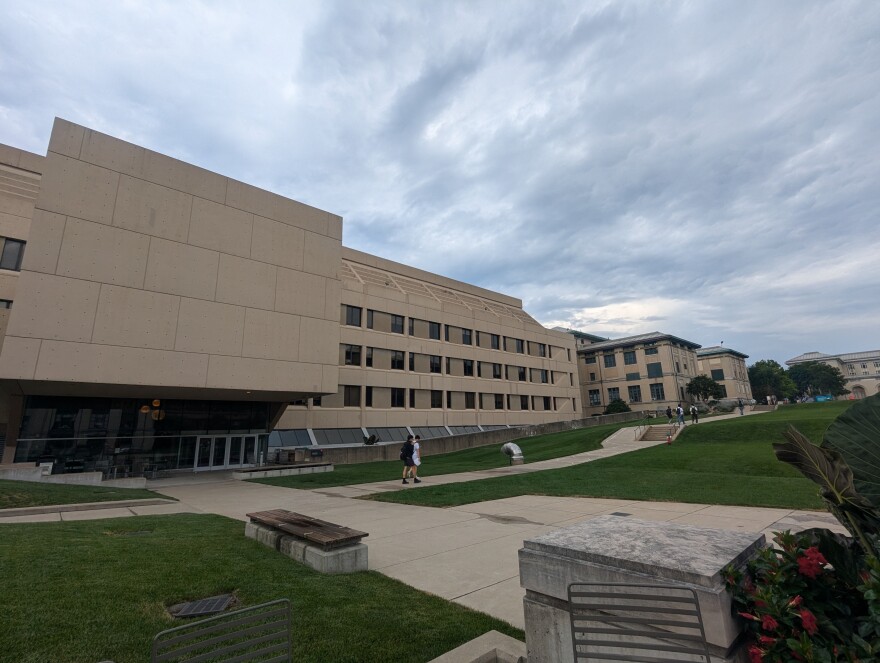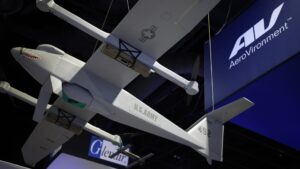
Carnegie Mellon University and the University of Pittsburgh have embarked on a groundbreaking research initiative aimed at understanding the real impact of artificial intelligence on the workforce. This collaborative effort, which also includes the Massachusetts Institute of Technology and other institutions, seeks to address the growing concerns over AI’s potential to disrupt job markets. Despite bold claims from some tech CEOs about AI’s capability to replace significant portions of the workforce, the connection between AI software and job loss remains elusive.
The study comprises four distinct projects that will explore various facets of AI adoption in the workplace. These include identifying where AI is being integrated, assessing worker outcomes post-AI introduction, evaluating supportive policies for workers, and developing methods to monitor AI-driven changes. The research is funded by a grant from the Alfred P. Sloan Foundation and is expected to span two years.
Exploring AI Adoption and Workforce Impact
Artificial intelligence encompasses a wide range of technologies, from search engines and transcription services to code writing and photo generation. At the forefront of this study, CMU Professor Christophe Combemale will examine the timeline of AI adoption by companies and its correlation with hiring patterns. According to Combemale, the way AI is adopted can significantly influence whether it replaces, augments, or enhances the quality of work, ultimately affecting employment and wages.
“The nature of that adoption has consequences for whether AI is going to tend to replace workers, or augment them, or improve the quality of their work, which in turn is going to affect employment and wages,” Combemale explained.
Data-Driven Insights into Job Disruption
Leading a pivotal component of the study, Morgan Frank, an assistant professor at Pitt’s School of Computing and Information, is spearheading the creation of the Observatory for U.S. Job Disruption. Frank’s team will leverage data from unemployment insurance programs across all 50 states to pinpoint job losses and identify affected sectors. This granular data will enable researchers to discern whether AI or other factors are responsible for employment changes.
“It’s really hard to say that total unemployment has increased because of AI or because of any other thing,” Frank noted. “Being able to break that statistic apart into the sectors or into actual job titles gives us a huge advantage.”
Understanding Workforce Mobility and Policy Implications
The University of California-affiliated California Policy Lab will focus on how workers exposed to AI transition between occupations. Combemale emphasized the importance of understanding not only which occupations are affected but also the available exit options. These could range from promotions due to increased productivity to lateral moves or even wage reductions.
Meanwhile, the U.S. Chamber of Commerce Foundation is developing a novel data approach to minimize the lag time in reporting workforce changes. This initiative aims to equip workers, policymakers, and businesses with timely insights to better adapt to technological shifts.
Looking Ahead: Preparing for AI-Driven Changes
As the study progresses, researchers hope to develop tools that provide a clearer picture of how AI impacts the workforce. While the project may not yield all the answers, it promises to enhance the ability to track technological shocks and prepare for future disruptions.
“I don’t think we’re going to have all the answers, but I think we are going to have much better tools at the end of two years to track what’s happening, and hopefully to be able to start seeing a little bit around the curve of some of these technology shocks, so that workers and policymakers and firms can prepare and be a little more adaptive,” Combemale said.
This collaborative research effort represents a significant step forward in understanding and navigating the complexities of AI’s role in the modern workforce. As AI continues to evolve, the insights gained from this study could prove invaluable in shaping future employment landscapes.





